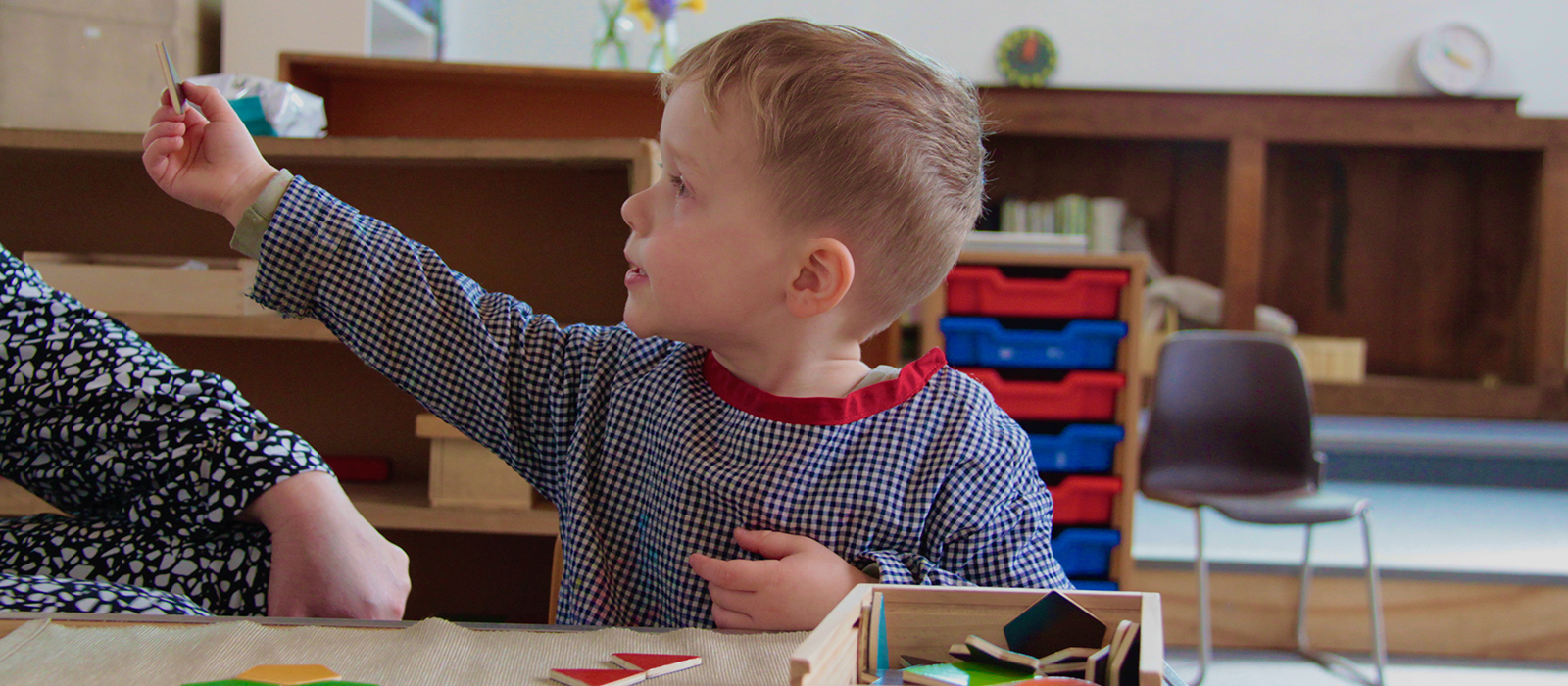Each term we focus on a different artist.
This term our artist is Georges Seurat.
The children will be introduced to Seurat in a very hands-on way and will also learn to recognise some of his major works of art and of his life and influences.
Children love art and we love helping them to be aware of and love art around them.
We are really fortunate that we have teachers at WMS who are specialist in fine art and art history and this is a real strength for us.
We would like to encourage you to take your children to see some real Seurat works. There are plenty in London to see. See some examples below.




Seurat is considered one of the most important Post-Impressionist painters. He moved away from the apparent spontaneity and rapidity of Impressionism and developed a structured, more monumental art to depict modern urban life.
‘Bathers at Asnières’ is an important transitional work. It shows him developing the application of his novel pointillist technique to a large work.
At the start of his career, Seurat followed a traditional path: taught to paint by a pupil of Ingres, Henri Lehman, at the École des Beaux-Arts in Paris; studying the works of early Italian and 17th-century French artists in the Louvre; and then exhibiting at the official Salon.
His drawings in Conté crayon allowed for very subtle tonal gradation; they shimmer in a manner akin to the effect created by Seurat’s pointillist painting technique.
Seurat combined a traditional approach, based on his academic training, with a study of modern techniques, such as Impressionism. He also applied ideas from contemporary optical theories of colour relationships. Seurat’s disciplined work, which contrasts with that of many of his Impressionist contemporaries, was very influential.
We are using a few books with the children, including Sunday with Seurat by Julie Merberg and Suzanne Bober, which you may like to get from your library.
If you do go and view any of the paintings, please do send photos and bring any souvenirs!
Last term Lark visited the Lowry gallery in Salford, Manchester.
Look our for our art exhibition at the end of the term too!
We hope you enjoy seeing examples of the Seurat work that the children are doing.
There will be weekly sessions as well as little Seurat activities on the shelves in the classroom for the children to engage with all of the time in class.
Works by Georges Seurat
A River Bank (The Seine at Asnières)
Clothes on the Grass: Study for ‘Bathers at Asnières’
Study for ‘Bathers at Asnières’


